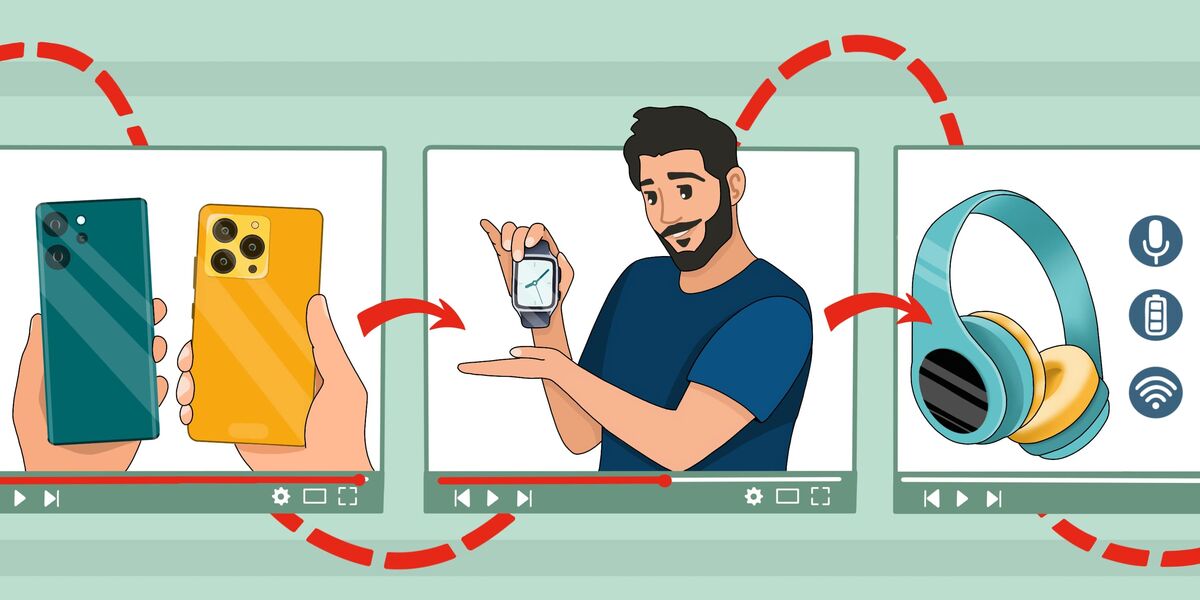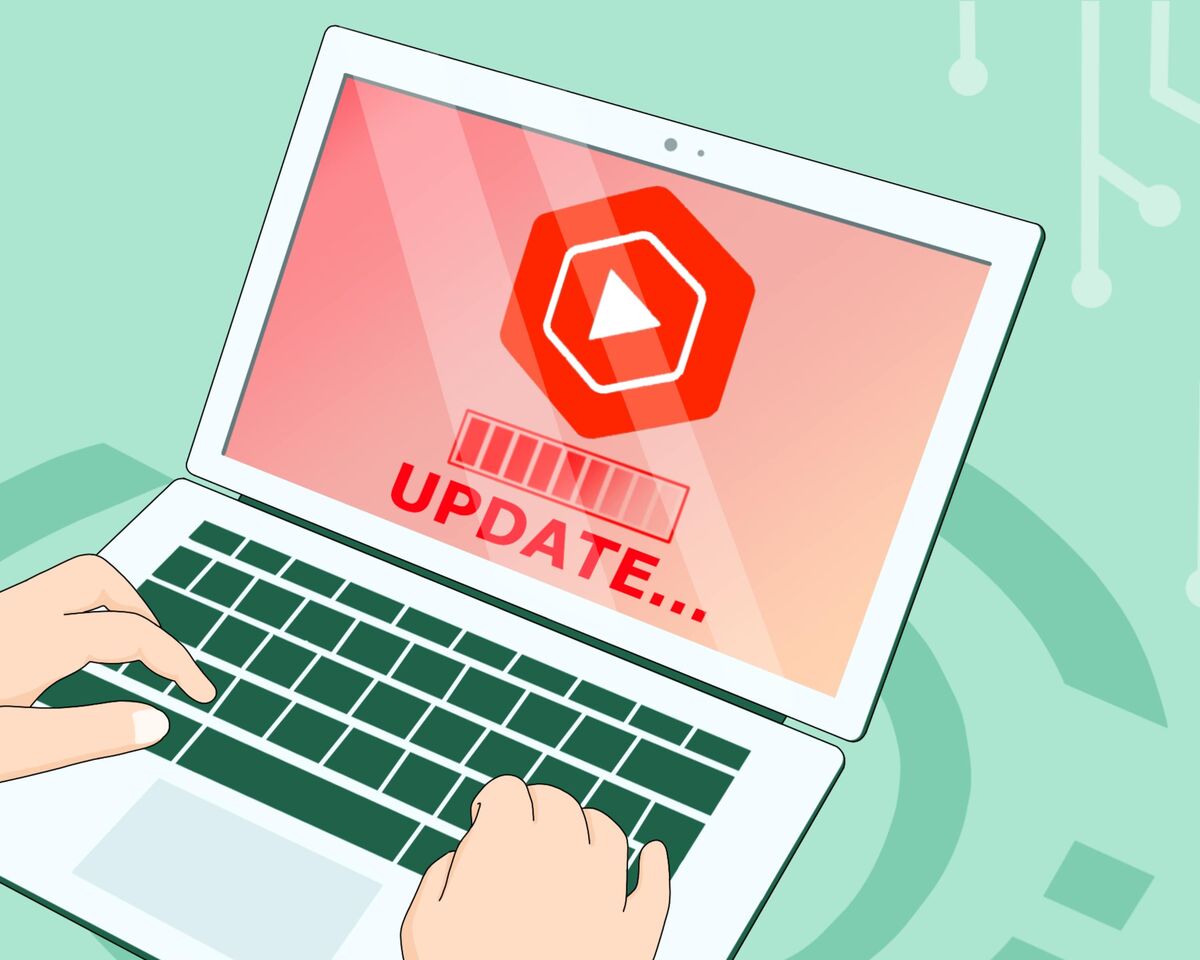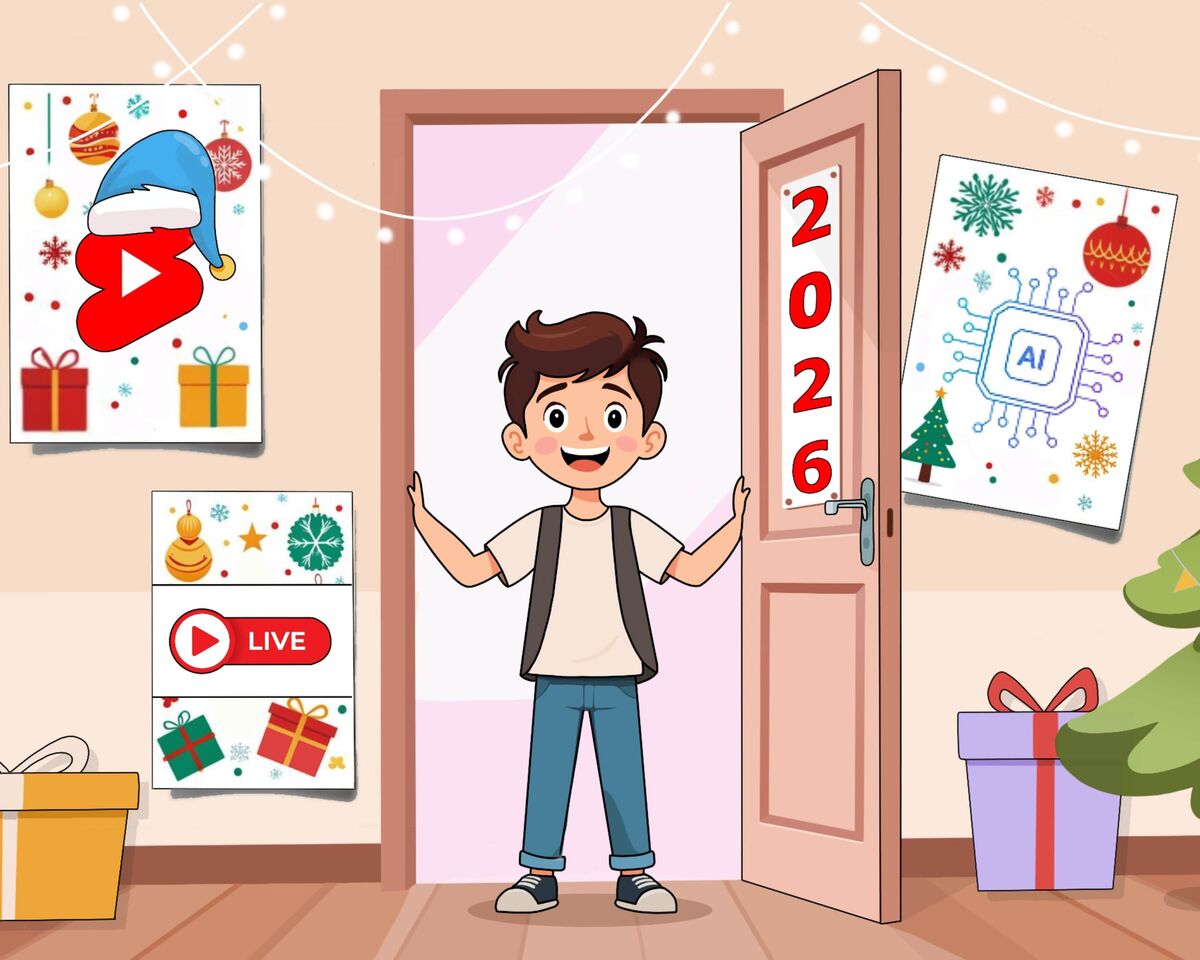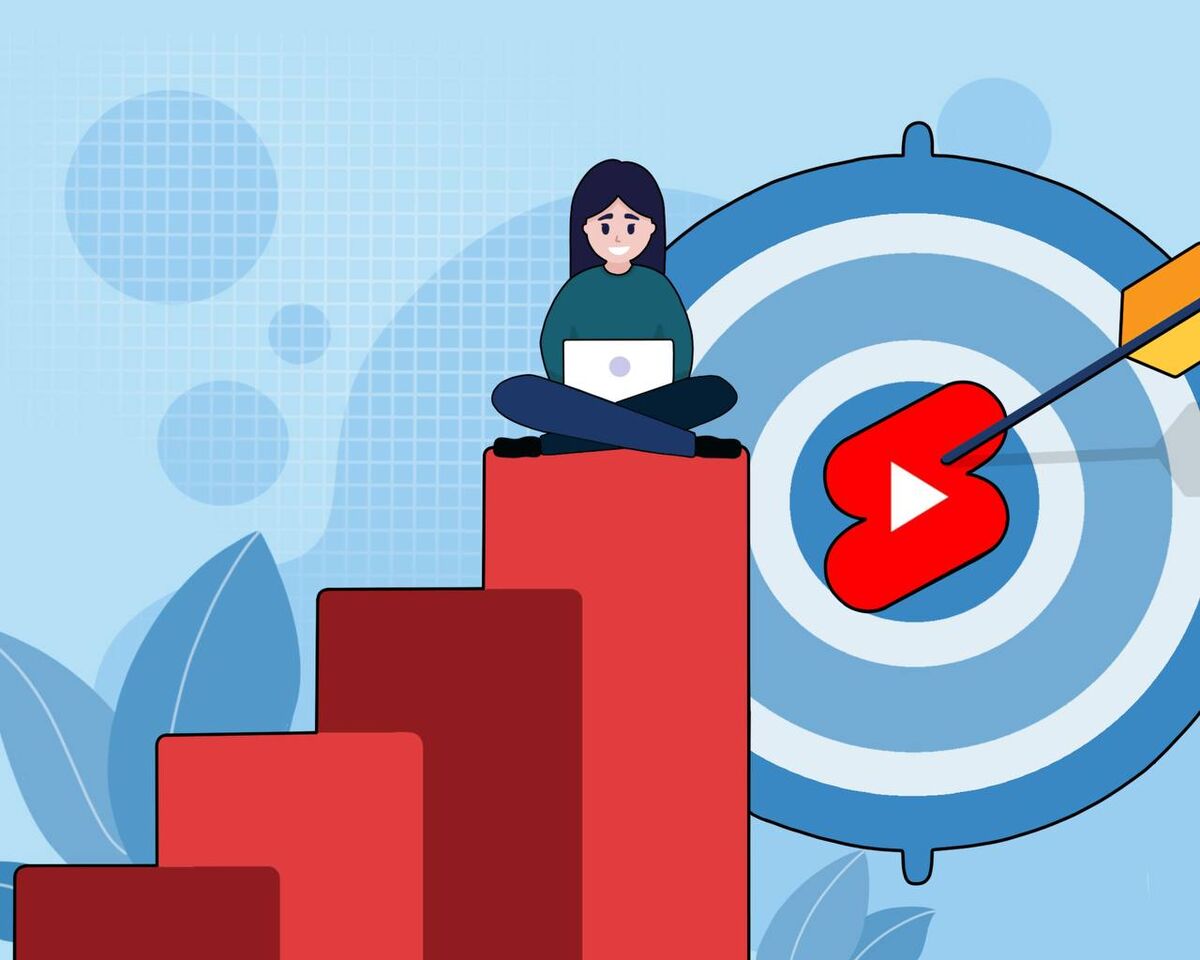Related Content: The Game-Changing Tool Behind Every Viral YouTuber
 Want YouTube to start recommending your videos and sending lots of views their way instead of the curse of shadowban?
Want YouTube to start recommending your videos and sending lots of views their way instead of the curse of shadowban?
Then make it clear who should be watching you.
Most beginner creators stumble at the very first stage: they want to make videos about everything at once and think it will be interesting to all viewers on the platform. But it doesn't work that way: YouTube's algorithms match videos to viewers' interests.
And if you yourself don't know exactly who might like your content, then YouTube certainly doesn't. And it doesn't have spare time to guess what kind of video you have there: it will choose other videos that are clearer and show those to the viewer.
So it's your job to figure out who to show you to, and for that you need to define your channel's topic.
If you want to share recipes — that's cooking, if you share useful life hacks about plants — that's gardening, if you draw with chalk on the pavement — you might be five years old. That's a joke, but we think you got the point.
Sounds simple, usually everyone manages this: I make expert videos about design, which means my topic is design education. Makes sense, right?
But let's look more closely at what you have on your channel? And there it is: "How to Draw a Logo," "How to Download and Install Photoshop," "Why Online 3D Modeling Courses Are a Waste of Money," and so on.
So wait, are you sure these topics will be equally interesting to all your viewers?
Let's rewind a bit: YouTube's algorithms constantly adapt to viewer behavior to create the most relevant recommendations for each of them on the homepage and in the up next section.
Recently, the platform has been more actively promoting creators who retain viewers not just with single viral videos but are able to motivate them to watch other videos on the channel too.
In other words, for effective promotion of a creator's content, YouTube needs to see a chain of actions: viewer watched a video ➠ moved to the next video on the same channel ➠ then to the next one ➠ and so on from video to video.
It turns out that for effective promotion of a blogger's content, viewers need to watch as many videos as possible on their channel.
But let's return to our imaginary blogger with a design channel: there's logo drawing, and Photoshop, and course exposes. Each of these videos is only loosely connected to the others by the design theme, but in reality — different people watch these.
At the same time, all three videos can easily go viral:
- Those who need Photoshop will watch the video from search, and these won't necessarily be designers
- For the course expose, those who are considering buying them will come, but at the same time those who simply enjoy watching exposes
- And the video about how to make a logo will be watched by those who want to become designers
And all these people will subscribe to your channel, and some will be waiting for Photoshop tutorials, some for part two of the expose, and now you'll somehow magically need to please them all.
The conclusion from all this is: today it's important for creators that their videos are connected not just by topic, but by the target audience that will watch them.
Let's break down how we could improve the situation, using the same channel for designers as an example.
First, let's define our Target Audience more clearly: you make content for beginner freelance graphic designers who:
- are just learning to build a portfolio,
- are looking for their first clients,
- aren't sure if they have "enough taste,"
- fear clients and deadlines like the plague.
Your videos can be different in topic, but they all hit the same pain point, the same stage in the viewer's life and development.
Here are a couple of examples of such videos:
- "How to tell a bad layout from a good one — when you're not confident yourself"
- "How to find your first client when you don't know how to do anything yet"
- "What to do when a client says 'move the logo — I don't know where, just move it'"
- "I made 10 covers for my portfolio and realized I don't want to be a designer anymore"
And a viewer, after watching one such video, will almost certainly watch the second one, because they recognize themselves in it.
This is it — connecting content not only through topic, but also based on audience. Not by keywords, not by the "design" theme, but by the state of a person who is currently looking for answers.
Okay, let's say you looked at your channel and suspected you have a hodgepodge there.
Now what? How do you understand whether your video is connected to others, and in general — where are you leading your viewer?
Here are three questions you should ask yourself before filming, and better yet — before you even write the script:
- Question #1: Will this video definitely appeal to my audience?
Not everyone in the world. Not "everyone interested in design." But specifically those people who already watch your videos or those you want to attract to the channel.
If you've been making videos about freelancing, beginner fears and first clients, and then suddenly drop "The History of the Coca-Cola Logo" — maybe it's cool, but who are you planning to show this to?
- Question #2: Does my video logically fit alongside the others on the channel?
If a viewer came to your channel for the first time and saw this video among three others — would they understand what's going on here? Or would the poor soul rather think they've stumbled onto a channel with random topics, and if they're lucky, there'll be something for them too?
Simple test: imagine a person watched this video, and YouTube suggested the next one from your channel. Will they click? Will they be interested in continuing?
- Question #3: Does this video motivate the viewer to stay with me for the long haul?
If it randomly appears in recommendations — will the person want to check out what else you have? Or is this a one-time search result that they'll forget about after watching?
YouTube cares about depth of engagement. And that means if your videos are only watched separately — you'll be waiting a very long time for growth.
If you confidently answered "yes" to all three questions — congratulations, you're on the right track. But if at least one got a "well... maybe" — it's time to rethink your strategy.
And also: no one's stopping you from making videos about everything. For those who are just starting out and taking their first steps on YouTube — it's a great school of life. But just don't be surprised that the channel isn't growing quickly. Because for growth you need not just to make videos, but to build a content strategy where each video isn't a loner, but part of a common whole.
That's the deal, friends. Know your people, speak to their hearts, and they'll keep coming back for more. Build something they can't resist. You got this.




